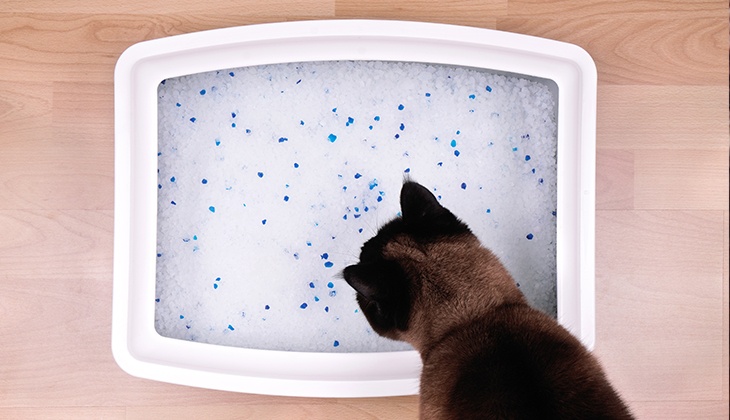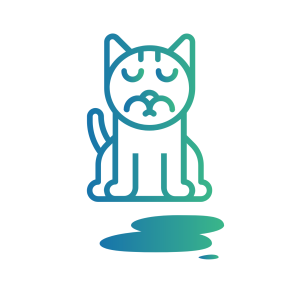
Signs
The clinical signs of cat diabetes are a result of higher than normal blood glucose
High blood glucose concentrations overwhelm the kidneys’ capacity to handle glucose and lead to spillover of glucose into the urine. This draws large quantities of water into the bladder which in turn causes diabetics to void large volumes of urine. Thirst increases to compensate for this water loss meaning that diabetic cats will drink more than normal.
Glucose, an important fuel (energy source), is being lost from the body. So, diabetic cats may be hungry or even eat more than normal but lose weight. However, diabetic cats that are not feeling well may eat less than usual. Increase in appetite is not a consistent sign of diabetes in cats – but it is a common sign of hyperthyroidism, another condition that commonly affects older cats.







